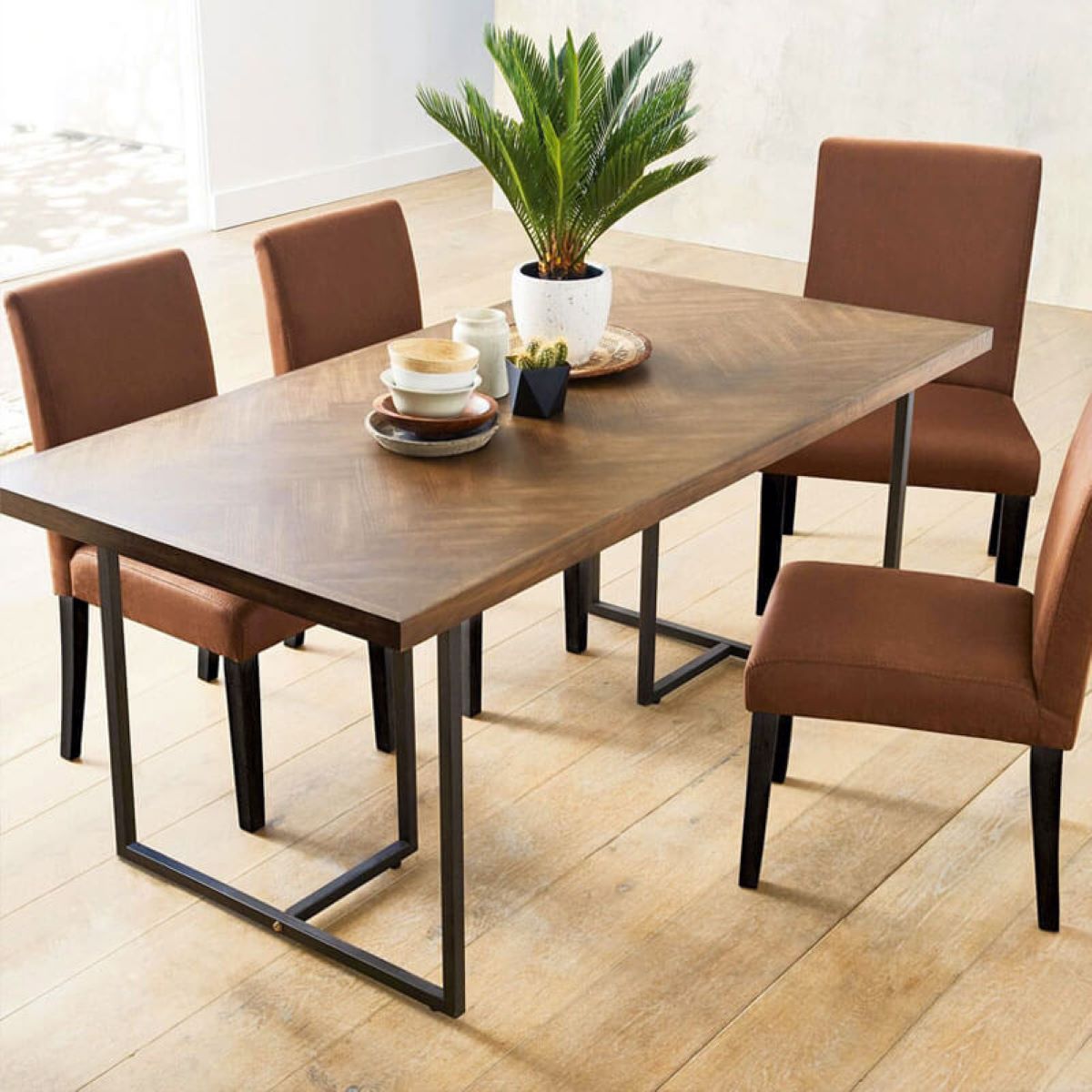

Articles
How Wide Is A Typical Dining Room Table
Modified: January 19, 2024
Learn about the standard width of a dining room table in this informative article. Find out the ideal size for your space and get tips for choosing the perfect table.
(Many of the links in this article redirect to a specific reviewed product. Your purchase of these products through affiliate links helps to generate commission for Storables.com, at no extra cost. Learn more)
Introduction
A dining room table is an essential piece of furniture in any home, serving as a central gathering place for family and friends to share meals and create lasting memories. Choosing the right dining room table requires consideration of various factors, including the size, shape, seating capacity, and material options.
One of the most important aspects to consider when selecting a dining room table is its width. The width of a dining table determines how many people can comfortably sit around it, as well as the amount of space it will occupy in the room. In this article, we will delve into the topic of how wide a typical dining room table is and provide insights to help you make an informed decision when selecting your own.
Key Takeaways:
- The width of a typical dining room table varies based on shape and can accommodate 4 to 10+ people. Consider room size, seating capacity, and material options when choosing the perfect table for your space.
- When selecting a dining room table, consider the shape, seating capacity, and material options to create a comfortable and functional space for family and friends to gather, share meals, and create lasting memories.
Read more: What Is In A Dining Room?
Standard Dimensions
When it comes to the width of a typical dining room table, there is no one-size-fits-all answer. However, there are some standard dimensions that can serve as a reference point when choosing a dining table. The width of a dining table can vary depending on the number of people it is designed to accommodate, the shape of the table, and personal preferences.
For a rectangular dining table, the width typically ranges from 36 inches (91 cm) to 40 inches (102 cm). This size can comfortably accommodate 4 to 6 people. A wider table, such as 42 inches (107 cm) to 48 inches (122 cm), can accommodate 6 to 8 people. Keep in mind that these dimensions are approximate and can vary depending on the specific design of the table.
Square dining tables have a more uniform width, typically ranging from 36 inches (91 cm) to 54 inches (137 cm). The smaller sizes can comfortably seat 4 people, while the larger sizes can accommodate 8 people or more. Round dining tables also come in various widths, ranging from 36 inches (91 cm) to 72 inches (183 cm). The smaller sizes are suitable for 4 to 6 people, while the larger sizes can accommodate 8 to 10 people.
It is important to note that these dimensions are general guidelines and can vary between manufacturers and styles. If you have specific seating requirements or space limitations, it is recommended to measure your dining area and consider custom-made options or consult with a furniture expert to find the best fit for your needs.
Shape of Dining Room Tables
The shape of a dining room table can greatly impact its overall width and the number of people it can comfortably seat. There are several common shapes to choose from, each with its own benefits and considerations.
The rectangular shape is the most traditional and widely used shape for dining tables. Rectangular tables provide ample space for food, dinnerware, and decorations in the center. They are versatile and can fit well in both large and small dining areas. Rectangular tables are especially suitable for long, narrow dining rooms and can accommodate a larger number of people compared to other shapes.
Square dining tables offer a more intimate dining experience and encourage conversation among all guests. They are often preferred for smaller dining areas or for those who want a cozy and compact dining setup. Square tables are great for accommodating smaller groups of people, typically ranging from 2 to 8 individuals.
Round dining tables are a popular choice for their elegant and inviting design. They create a more inclusive seating arrangement as everyone can easily engage in conversation with one another. Round tables are best suited for smaller gatherings of around 4 to 6 people, although larger sizes are available to accommodate more guests.
Lastly, there are also oval-shaped dining tables that combine the benefits of rectangular and round tables. Oval tables provide a softer look while still offering ample space for dining. They are versatile and can fit well in various dining area sizes. Oval tables can comfortably seat a larger number of people compared to round tables.
When considering the shape of your dining room table, it is important to think about your personal taste, the size of your dining area, and the number of people you plan to accommodate on a regular basis. Each shape has its own unique aesthetic and functionality, so choose the one that best suits your needs and complements the overall design of your dining space.
Seating Capacity
The seating capacity of a dining room table depends on its width, shape, and the number of chairs it can accommodate. It is crucial to determine how many people you want to seat comfortably at your dining table to ensure a pleasant dining experience for everyone.
For rectangular tables, the seating capacity ranges from 4 to 10 or more, depending on the width and length. A 36-inch (91 cm) wide rectangular table can comfortably seat 4 people, while a wider table of 48 inches (122 cm) can accommodate 6 to 8 individuals. If you require additional seating for larger gatherings, extendable rectangular tables are available, allowing you to adjust the length and increase the seating capacity accordingly.
Square tables, with their equal sides, offer a balanced seating arrangement. They typically seat 2 to 8 people, depending on their width. A 36-inch (91 cm) wide square table can comfortably seat 4 people, while a 54-inch (137 cm) wide square table can accommodate up to 8 individuals.
Round tables are known for their intimate and inclusive seating. The seating capacity of a round table depends on its diameter. A 36-inch (91 cm) diameter round table can comfortably seat 4 people, while a larger 72-inch (183 cm) diameter round table can accommodate 8 to 10 individuals. It is important to consider that the number of chairs you can fit around a round table may vary depending on the style and design of the chairs.
Oval tables, combining the benefits of rectangular and round tables, offer a versatile seating arrangement. The seating capacity of an oval table is similar to that of a rectangular table with comparable dimensions. It can comfortably seat 6 to 8 people or more, depending on the width and length of the table.
Keep in mind that these seating capacities are approximate and can vary depending on the size of the chairs, the personal space preference of the individuals, and whether you want to include additional seating for occasional guests or gatherings. It is advisable to allow for a sufficient amount of space around the table for comfortable movement and access to chairs.
Considering the seating capacity is crucial when selecting a dining room table to ensure that it can accommodate your family, guests, and any special occasions that may require additional seating.
Material Options
When choosing a dining room table, the material is an important consideration as it can greatly impact the overall style, durability, and maintenance requirements of the table. There are several popular material options available, each with its own distinctive characteristics and aesthetic appeal.
Wood is a timeless and versatile option that suits various interior styles. Solid wood tables, such as those made from oak, maple, or walnut, offer a natural and warm look. They are durable, long-lasting, and can be refinished if necessary. Wood tables can range from traditional to modern designs, allowing you to find the perfect match for your dining space.
Glass dining tables are a sleek and contemporary choice that can create an illusion of space and openness. They are available in various shapes, including rectangular, round, and oval. Glass tables are easy to clean and maintain, but they may require more frequent wiping to remove fingerprints and smudges. Additionally, it is important to ensure that the glass used for the table is tempered for safety.
Metal dining tables, often featuring a steel or iron frame, offer a modern and industrial aesthetic. They are sturdy and durable, with options ranging from minimalist designs to more intricate patterns. Metal tables are resistant to stains, scratches, and heat, making them a practical choice for everyday use.
Marble or stone dining tables present a luxurious and sophisticated look. They are durable and can withstand heat and spills, but they may require regular sealing to maintain their appearance. Marble tables come in various colors and patterns, adding an elegant touch to any dining room.
Laminate or veneer dining tables are affordable options that mimic the look of wood or other materials. They are available in a wide range of styles and can be a good choice for those on a budget. However, they may not be as durable as solid wood or other natural materials.
It is important to consider your lifestyle, preferences, and budget when selecting the material for your dining room table. Take into account factors such as durability, maintenance requirements, and aesthetic appeal to find the material that best suits your needs and complements your dining room decor.
Read more: How To Light A Dining Room
Considerations for Choosing the Right Size
Choosing the right size for your dining room table involves considering various factors to ensure it fits well within your space and meets your seating requirements. Here are some key considerations to keep in mind when determining the size of your dining table:
Room Size:
Measure the dimensions of your dining area to determine how much space you have available for the table. Leave enough room for chairs to be pulled out comfortably and for people to move around without feeling cramped. Consider any other furniture or accessories in the room, such as sideboards or display cabinets, and ensure there is sufficient clearance.
Seating Capacity:
Determine the number of people you want to accommodate regularly at your dining table. Consider the size of your family and the typical number of guests you might have during gatherings or special occasions. This will help you determine the width and length required to comfortably seat everyone.
Shape and Style:
Consider the shape and style of the dining table that best suits your aesthetic preferences and the overall design of your dining room. Rectangular tables are versatile and can fit well in various spaces, while square and round tables create a more intimate and inclusive dining experience. Oval tables provide a balance between the two.
Read more: How To Organize Dining Room
Table Height:
Ensure that the height of the dining table is suitable for your chairs or preferred seating options. Standard dining table height is typically around 30 inches (76 cm) from the floor to the table’s surface. However, it is essential to check the height of your chairs or determine the appropriate seat-to-table height ratio for comfort.
Functional Considerations:
Think about how you plan to use the dining table beyond regular meals. If you often entertain or host large gatherings, consider an extendable or larger table. If you have limited space, consider a drop-leaf table that can be folded down when not in use. Evaluate your lifestyle needs to ensure the table can accommodate your requirements.
Comfort and Accessibility:
Allow enough space for each person to sit comfortably with adequate elbow room. A general guideline is to allow at least 24 inches (61 cm) of space for each person seated at the table. This ensures everyone can enjoy their meal without feeling cramped. Additionally, consider any accessibility requirements, such as wheelchair access, when choosing the size of your dining table.
By considering these factors, you can select a dining room table that fits well within your space, accommodates your desired number of guests, and enhances the overall functionality and aesthetics of your dining area.
Conclusion
Choosing the right size dining room table is essential for creating a comfortable and functional space where family and friends can gather for meals and conversations. Understanding the standard dimensions, shape options, seating capacity, material choices, and other considerations will help you make an informed decision when selecting your dining table.
Consider the size of your dining area, the number of people you want to seat, and the overall style and design of your room. Measure the available space and ensure there is enough room for chairs to be pulled out comfortably and for people to move around without feeling cramped.
Take into account the shape that best suits your needs and aesthetic preferences. Rectangular tables are versatile, square tables create an intimate atmosphere, round tables promote inclusive conversations, and oval tables offer a balance between rectangular and round designs.
Consider the material options available and choose one that fits your style and maintenance preferences. Wood provides a timeless look, glass offers a contemporary touch, metal adds a modern flair, and marble exudes luxury.
Think about the seating capacity required for your regular and occasional guests. Ensure that each person has enough space to be comfortable and that there is sufficient clearance for movement. Also, consider any functional needs such as extendable tables for larger gatherings or drop-leaf tables for limited spaces.
Ultimately, choosing the right size dining room table is a personal decision based on your unique requirements and style preferences. By carefully considering all these factors, you can find the perfect dining table that not only fits seamlessly into your space but also becomes a focal point for shared meals, conversations, and cherished memories for years to come.
Frequently Asked Questions about How Wide Is A Typical Dining Room Table
Was this page helpful?
At Storables.com, we guarantee accurate and reliable information. Our content, validated by Expert Board Contributors, is crafted following stringent Editorial Policies. We're committed to providing you with well-researched, expert-backed insights for all your informational needs.
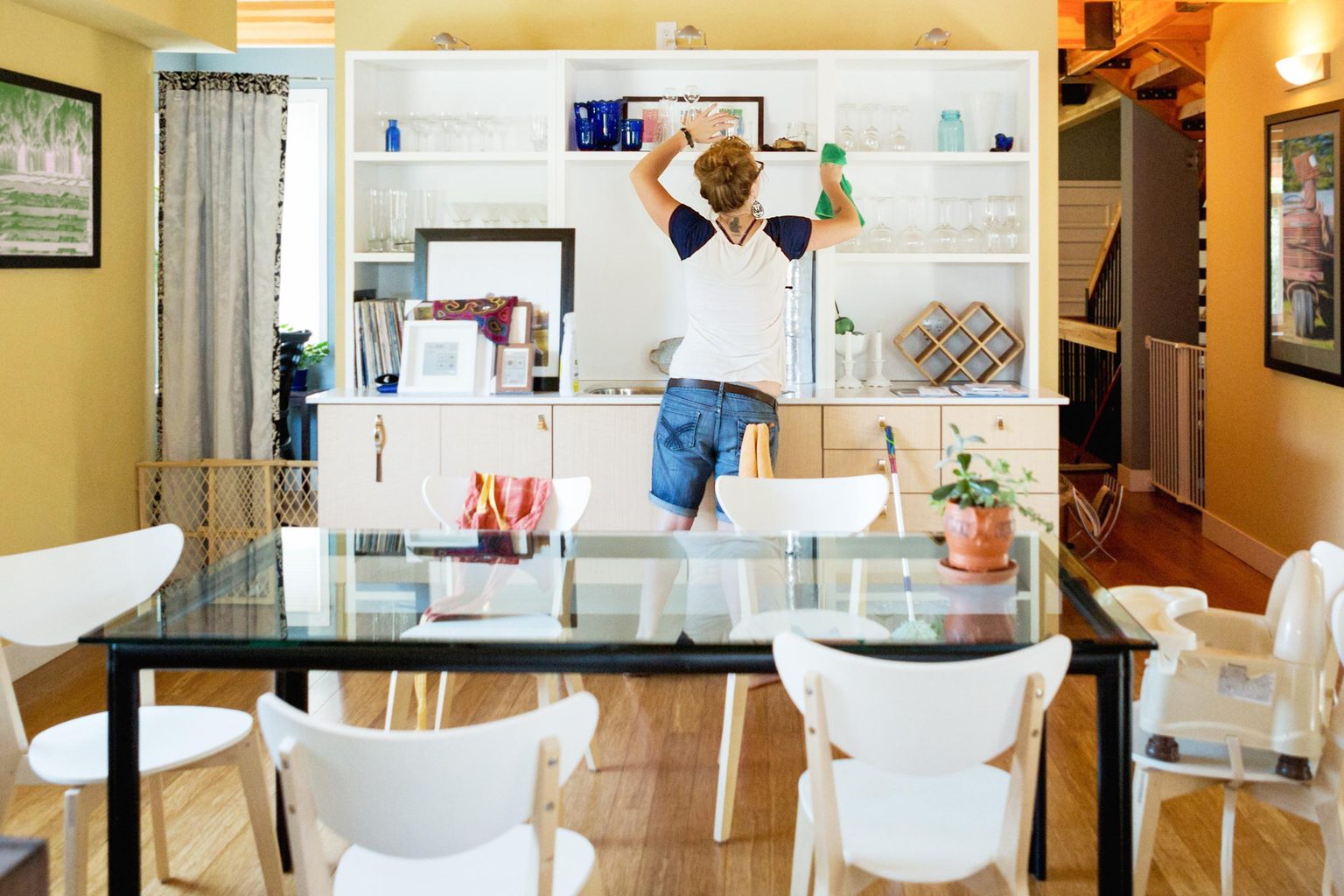
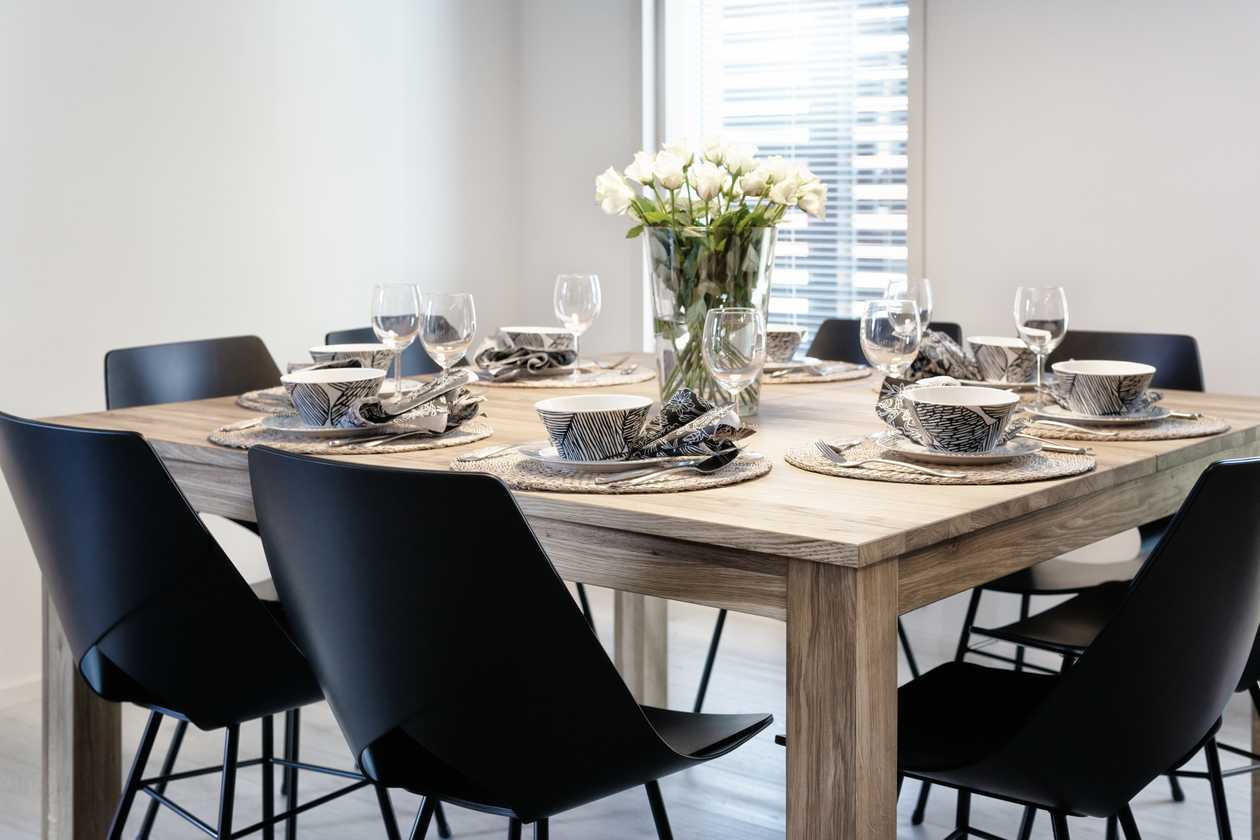
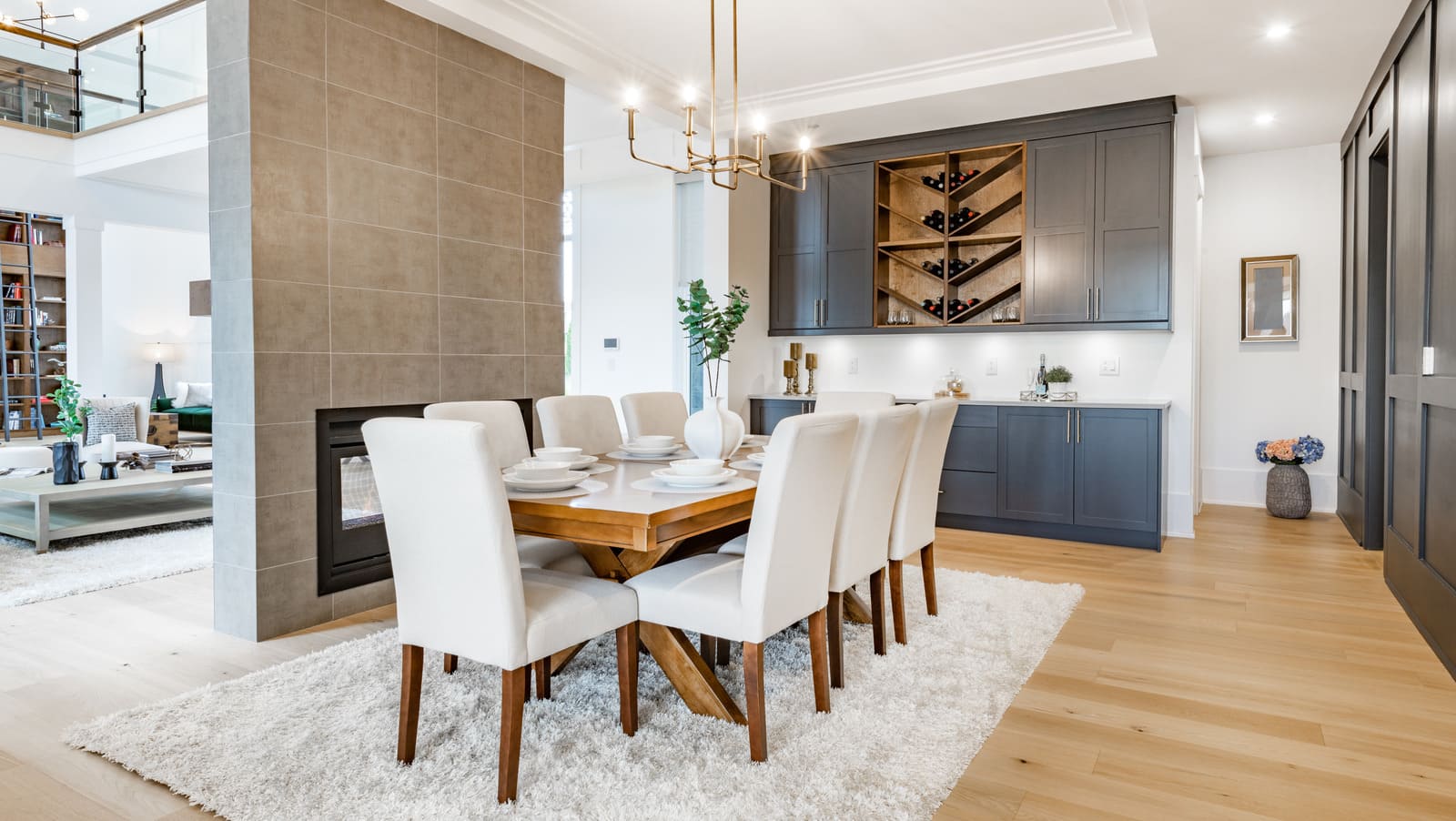
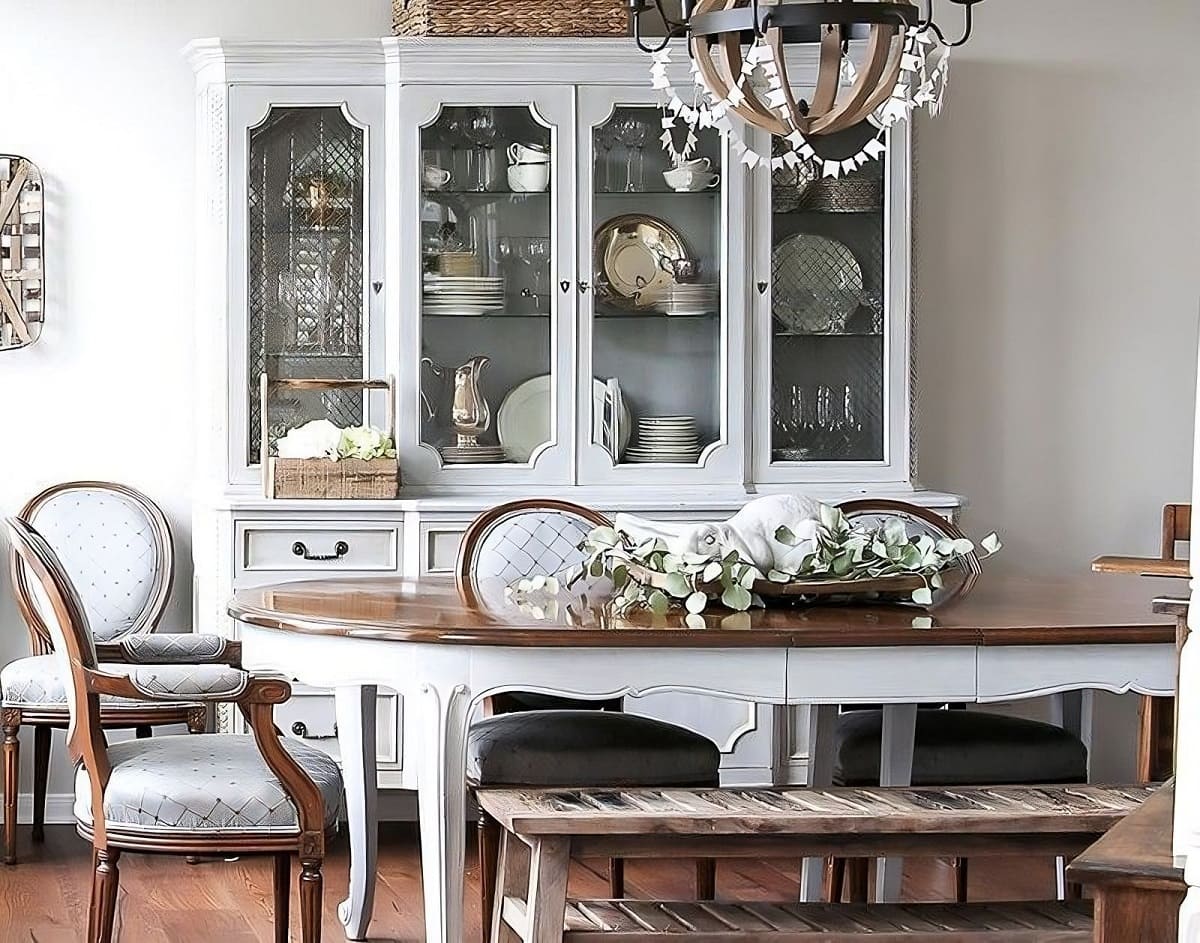
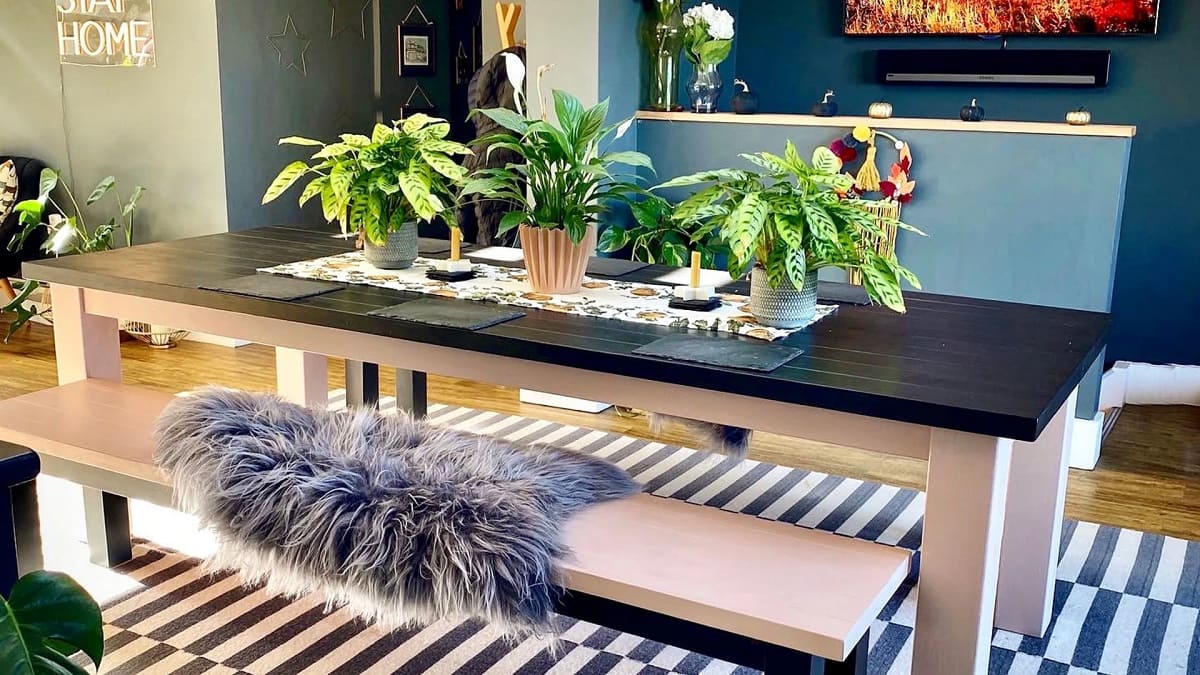
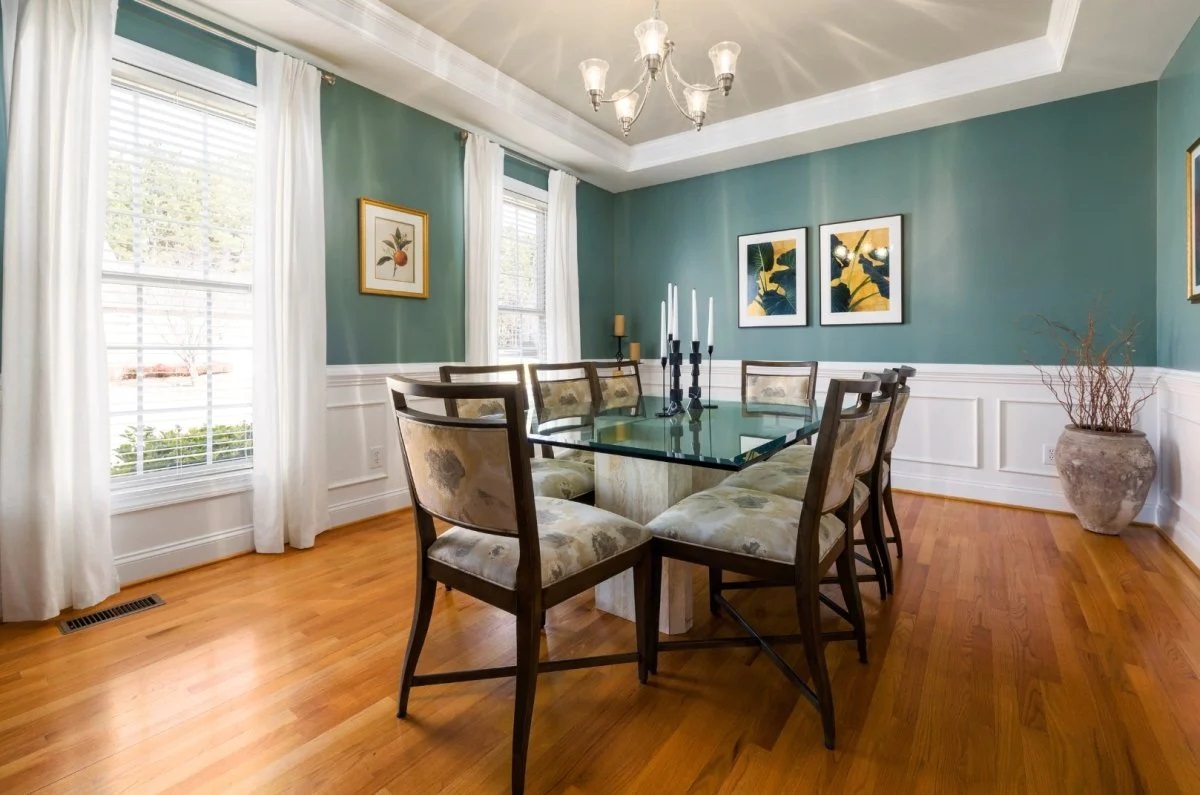

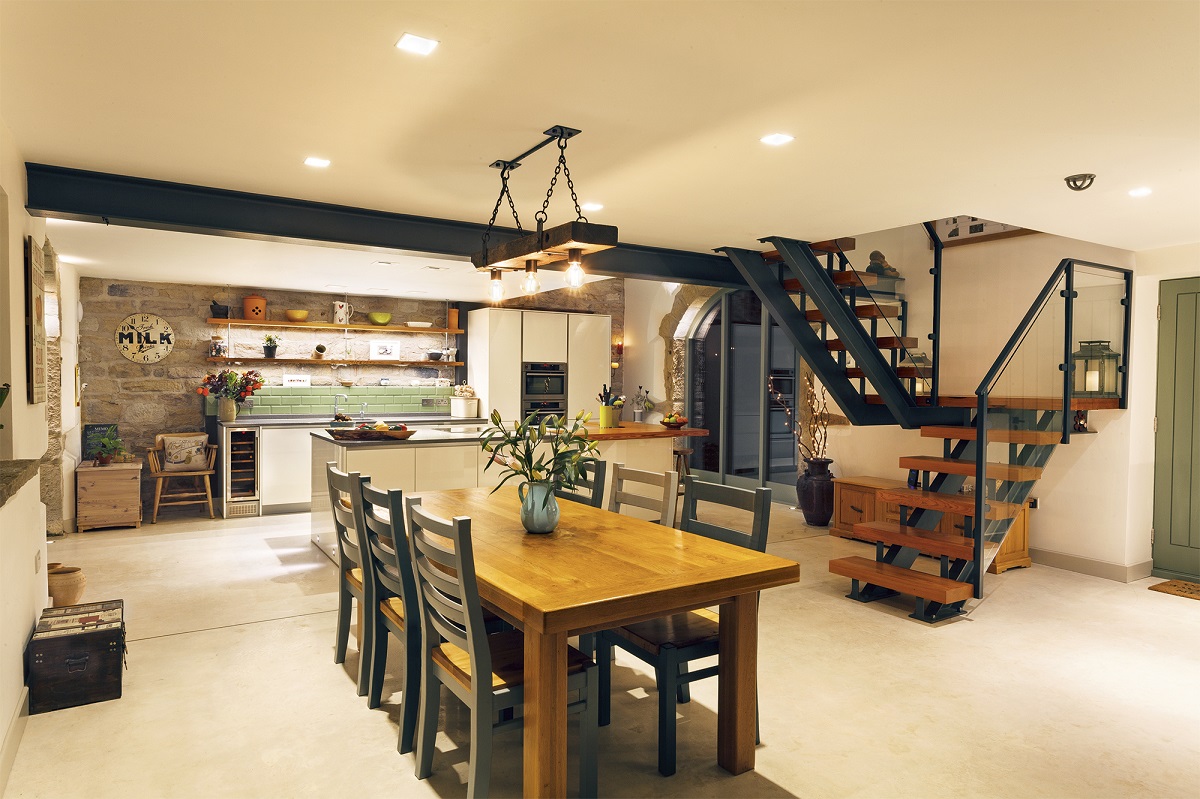
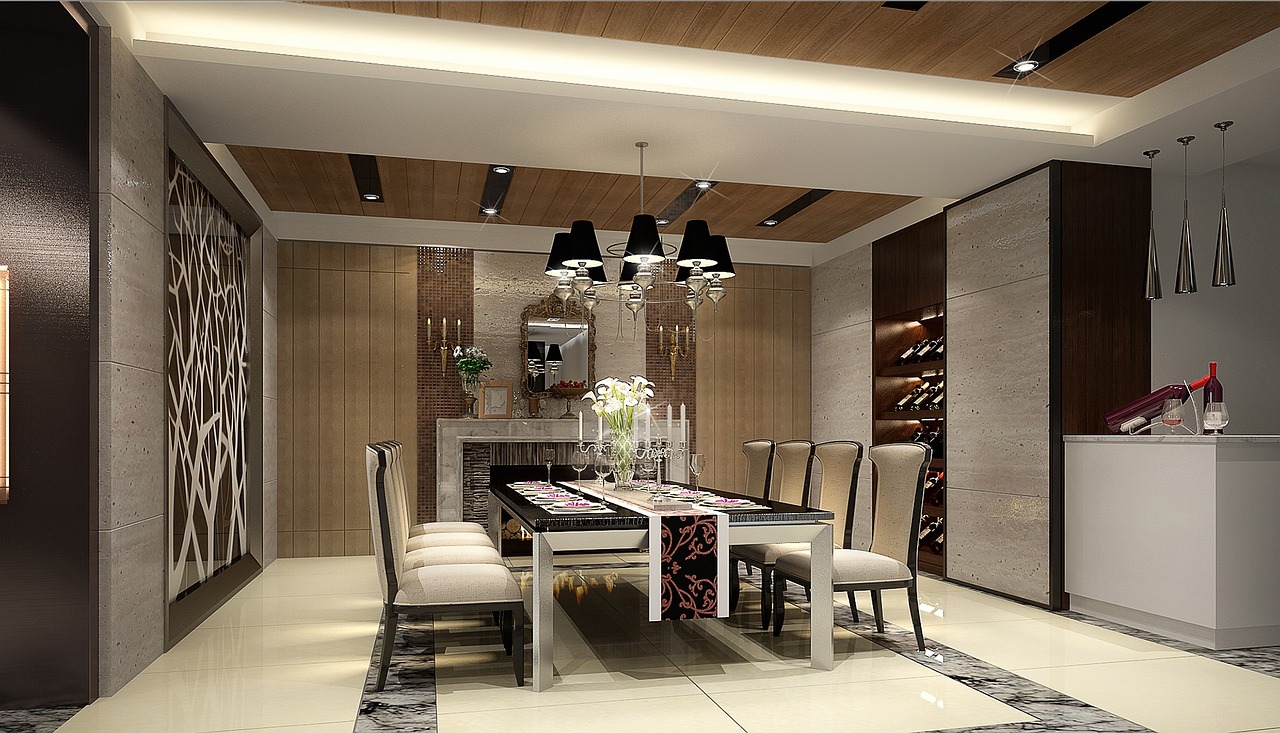
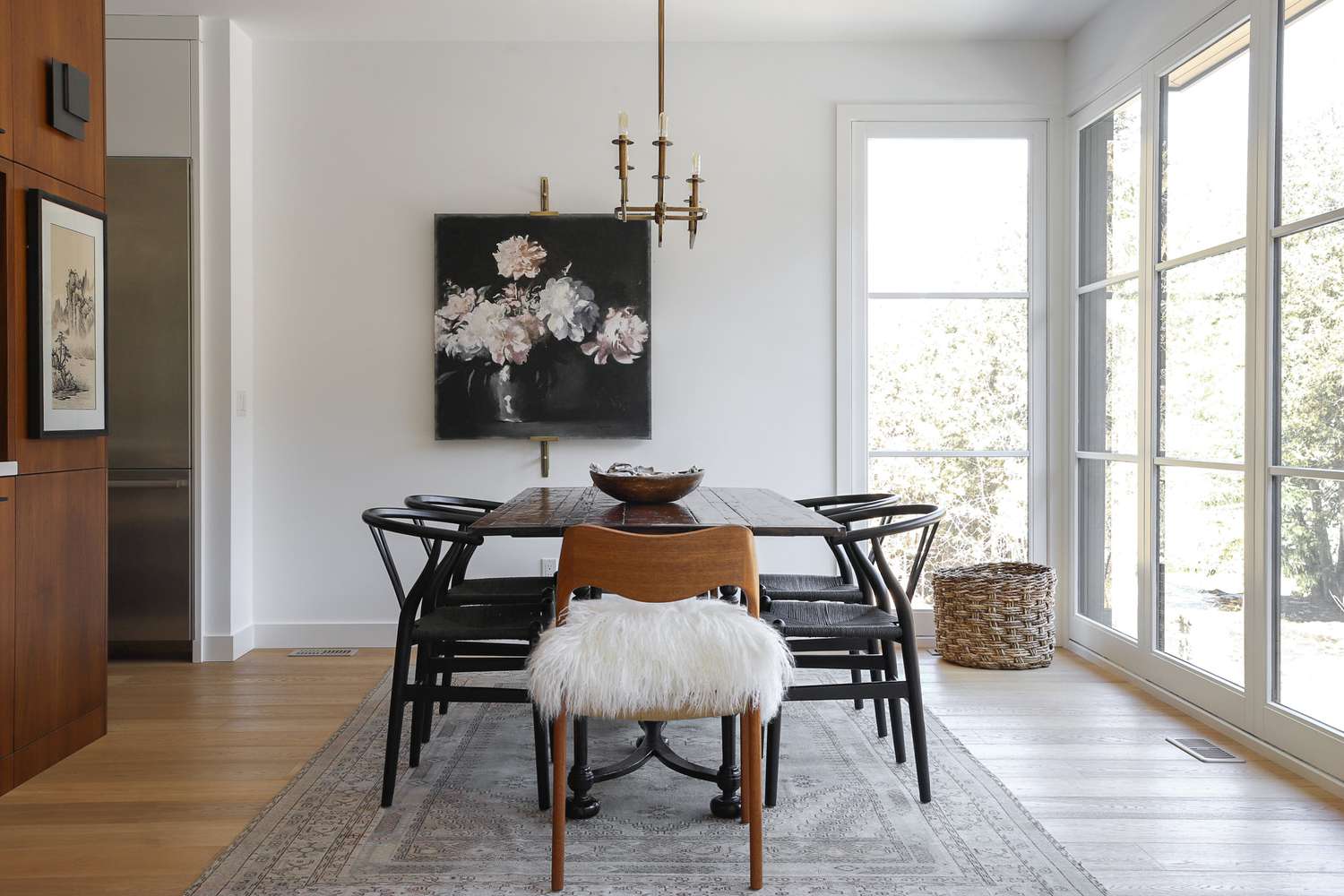
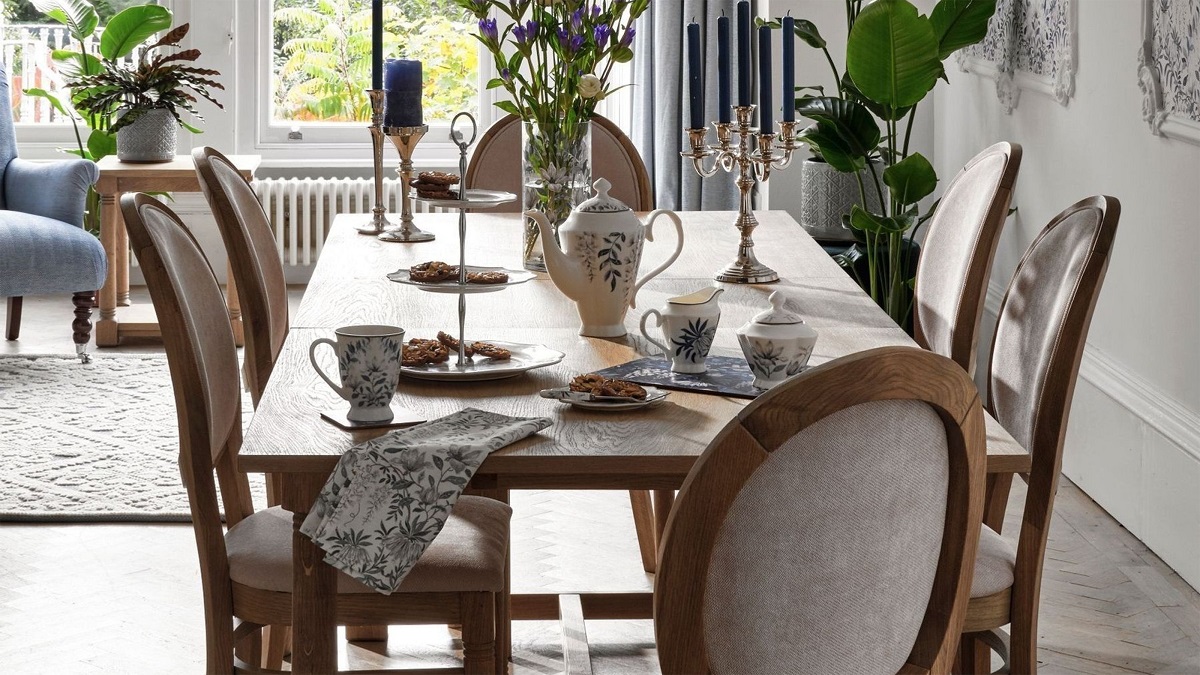
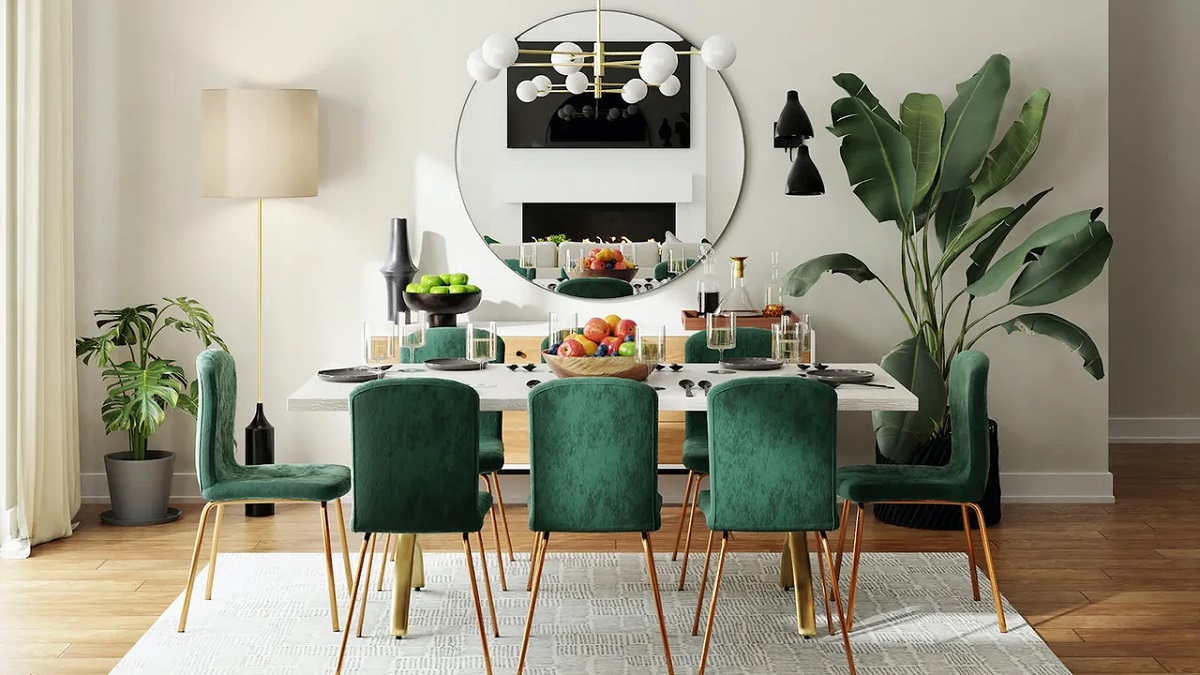
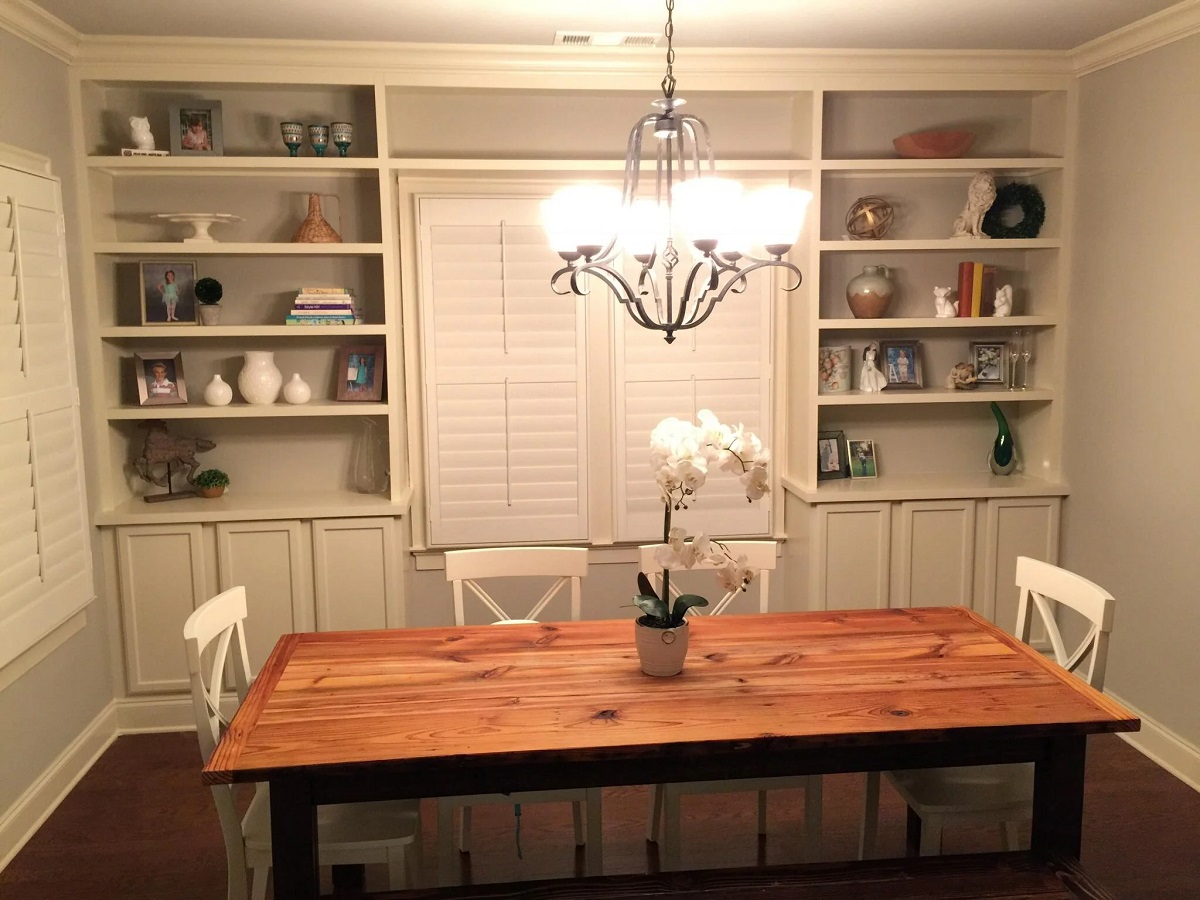

0 thoughts on “How Wide Is A Typical Dining Room Table”